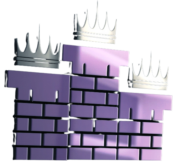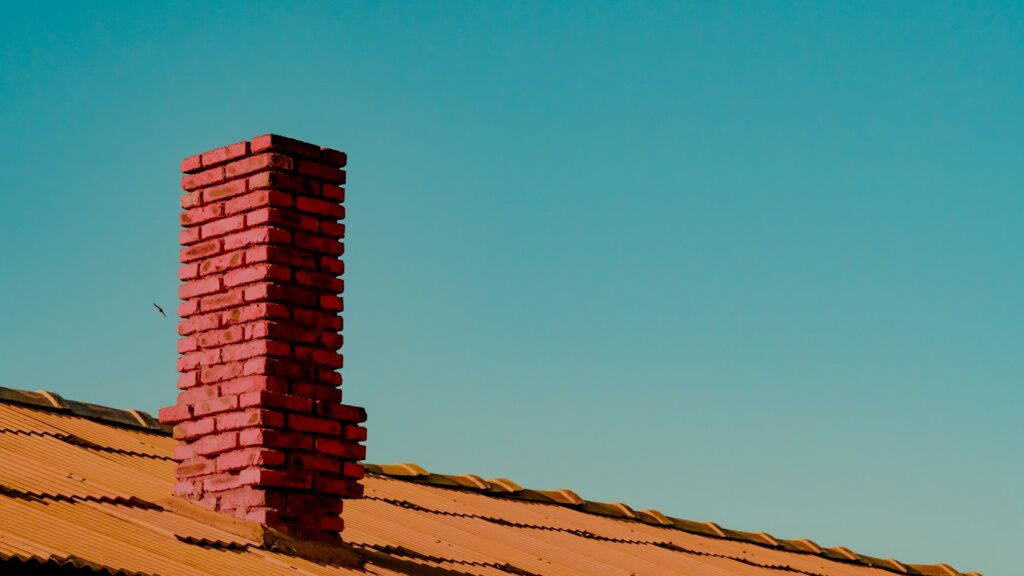Chimney inspections are an important part of home maintenance. They help ensure that your chimney is in good working order and free from potential hazards that could affect your safety. Whether you use your fireplace regularly or only occasionally, keeping your chimney well-maintained is crucial to preventing issues like chimney fires and carbon monoxide leaks.
Many homeowners might not realize when it’s time to schedule a professional chimney inspection. However, recognizing certain signs can make a big difference. From spotting visible damage to noticing changes in how your fireplace works, these indicators mean it’s time to call in a pro. In addition, scheduling regular inspections can catch small problems before they become big ones.
By understanding the importance of timely chimney inspections and the different levels available, you ensure your home stays safe and efficient. Planning for an inspection involves a few straightforward steps, and knowing what to expect can make the process smoother. Prioritizing these inspections provides peace of mind and protects your investment in your home.
Understanding the Importance of Chimney Inspections
Why Regular Inspections Matter
Regular chimney inspections are essential for keeping your home safe and efficient. They help spot problems early before they turn into expensive repairs or safety hazards. A chimney that functions well allows smoke and dangerous gases to exit your home safely, while a poorly maintained one can lead to issues like chimney fires or carbon monoxide poisoning.
Regular inspections also help maintain the chimney’s structural integrity. Over time, chimneys can develop cracks, leaks, or blockages that may not be visible from the outside. These issues can damage your home if not addressed promptly. By scheduling regular inspections, you ensure any problems are caught early, keeping your chimney in good shape and extending its lifespan.
Identifying Potential Hazards Early
Early detection of potential hazards during inspections can save you a lot of trouble. Inspectors look for signs of creosote buildup, a flammable residue from burning wood. If left unchecked, it can cause chimney fires. They also check for blockages, such as bird nests or debris, that might impede airflow.
Inspections also include looking at the chimney’s structure. Cracks in the masonry or errors in the flue lining can allow toxic gases to enter your home. Regular inspections catch these hazards before they become serious threats, helping maintain a safe environment.
Key Indicators It’s Time for an Inspection
Visible Damage or Wear
Certain signs indicate it’s time to schedule a chimney inspection. One obvious indicator is visible damage or wear. If you notice crumbling bricks, loose mortar, or rust on the damper, it’s a clear sign that a professional should check your chimney. Any signs of water stains around the chimney also suggest possible leaks needing immediate attention.
Changes in Heating Efficiency
Another signal is a change in your heating efficiency. If your fireplace struggles to burn wood effectively or you notice more smoke filling the room, it could mean blockages or other issues are preventing proper ventilation. This affects not only how well your fireplace works but also your safety.
After Severe Weather Events
Finally, consider an inspection after severe weather events. Heavy storms, strong winds, or earthquakes can cause damage to your chimney that might not be immediately visible. The force of these elements can disrupt the chimney’s structure or cause blockages.
Listing these key indicators helps homeowners recognize when to schedule inspections promptly. Timely inspections address concerns before they escalate, ensuring your fireplace remains a safe and efficient part of your home.
Types of Chimney Inspections
Level 1 Inspection: Routine Check-Up
A Level 1 inspection is the most basic form of inspection. It’s suitable for chimneys that have been maintained regularly and haven’t undergone changes such as fuel type or structure modification. During a Level 1 inspection, the chimney professional will examine all readily accessible parts of the chimney’s exterior and interior, the flue, as well as the appliance connection. This routine check-up ensures there are no obvious obstructions or visible faults.
Level 2 Inspection: When Changes Occur
A Level 2 inspection is more detailed and often required when there’s been a change in the system, such as a new appliance or a change in fuel type. It’s also recommended after a chimney fire, earthquake, or when a property is being sold. This type of inspection includes everything in a Level 1, plus an examination of the accessible areas in the attic, crawl space, and basement. Special tools might also be used to look inside the flue and check for hidden damage.
Level 3 Inspection: Extensive Evaluation
Level 3 inspections are the most comprehensive and involve everything in Levels 1 and 2. These are necessary when serious hazards are suspected, and some areas of the chimney are not accessible. A Level 3 inspection might involve removing parts of the chimney or even building material to gain access to the potentially dangerous area. This level of inspection is usually a last resort, performed when severe problems are suspected that could affect the home’s safety.
Scheduling and Preparing for an Inspection
Choosing a Trusted Professional
When scheduling a chimney inspection, choosing a trusted professional is key. Look for certified chimney technicians with a good reputation and positive reviews. Ensure they have the experience and qualifications needed to perform thorough inspections on your type of chimney and that they adhere to safety standards. Trusted professionals are transparent about their processes and charges, so you know exactly what to expect.
What to Expect During the Inspection
During a chimney inspection, expect the technician to arrive with the necessary tools to assess your chimney’s condition. They will check for blockages, ensure proper ventilation, and look for structural issues. Depending on the level of inspection, they might use video equipment to inspect the flue. They will then discuss their findings with you and recommend any needed repairs or maintenance.
How to Prepare Your Home
Preparing your home for a chimney inspection involves a few simple steps. First, clear the area around the fireplace, ensuring there is enough space for the technician to work safely. Remove any decorations or furniture nearby to prevent accidental damage. Make sure the chimney is cool, as technicians cannot inspect an active, hot chimney. Providing clear access to the roof and chimney also helps expedite the process.
Conclusion
Regular chimney inspections are vital to ensure your chimney remains safe and efficient. Understanding the different types of inspections helps homeowners know what to expect and prepares them for a smooth process. Recognizing when to schedule your chimney inspection early can prevent bigger issues and costly repairs down the line.
The safety and integrity of your home are too important to overlook. By investing in regular chimney inspections, you’re taking a proactive step in safeguarding your property from potential hazards. Properly scheduled inspections support your home’s heating system and contribute to its overall longevity. Remember, professional advice and assessment from knowledgeable experts are important for maintaining your chimney’s best performance.
For expert chimney inspections that put your safety first, reach out to Triple Crown Chimney Solutions. Our team of certified professionals is ready to ensure your chimney is functioning properly and safely. Schedule an inspection today and experience peace of mind knowing your home is protected by the best in the business.

